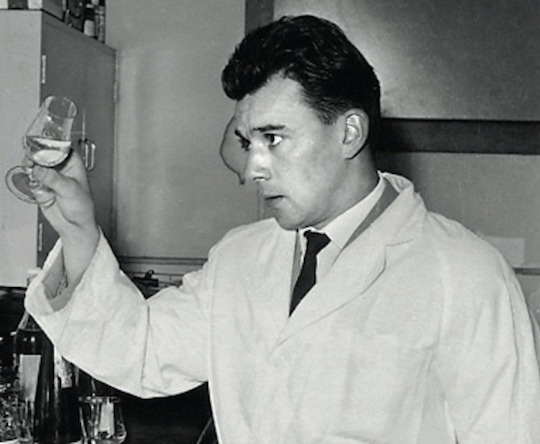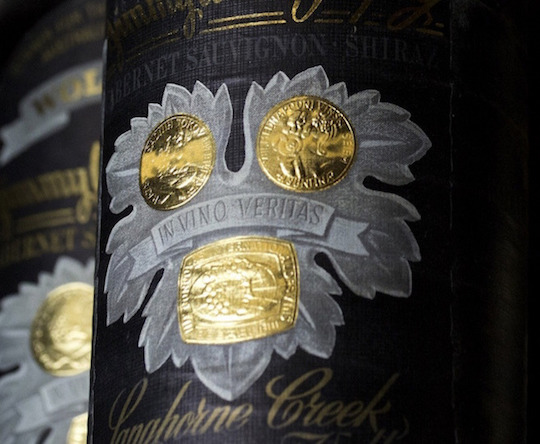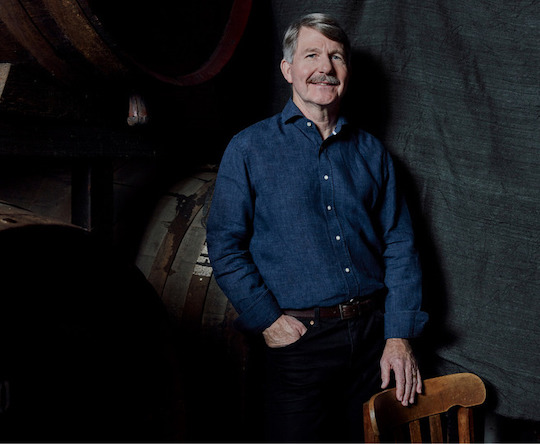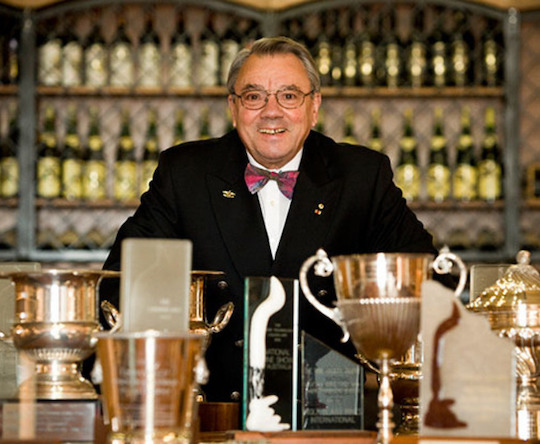Being a classical musician isn’t all about playing violin on Manhattan rooftops. It requires plenty of practice, countless auditions and years of uncertainty. This is something Atticus Mulkey knows firsthand. Having studied at the Peabody Institute of the Johns Hopkins University and gigging consistently since finishing, Atticus has been from Austria to Aspen pursuing his passion.
We sat down with the Shiraz-loving musician to find out more about the man behind the violin and his chase for excellence.
SO, ATTICUS, WHEN DID YOU START PLAYING VIOLIN?
I started when I was three years old. Because I started so early, it’s one of those things like walking or talking. There was never a time I don’t remember playing.
WHAT KIND OF CLASSICAL DO YOU ENJOY PLAYING?
I always enjoy playing the romantic composers like Brahms and Beethoven. Brahms 2nd Symphony is one of my all-time favourite pieces.
WHAT KIND OF MUSIC DO YOU LIKE LISTENING TO?
Believe it or not, I’ve been a big fan of hip hop for my entire life. There’s a group that performs once a week down on the Lower East Side. It’s basically a concert called ‘The Lesson’. These very New York people get together and it’s this jam session where everything is improv and it’s kind of this combination of jazz and electronic music and rap. It’s freestyling.
SO WHAT IS IT THAT YOU LOVE ABOUT MUSIC?
The Greeks called it ‘ethos’. They coined a term for the way music can affect your mood. You listen to a sad piece and you become sad. Or you listen to something that pumps you up and you can use it to boost your adrenaline. There are different ways that music affects everybody. So I think if I had to boil it down that would be one thing that’s always inspired me about music or, kind of, challenged me. I think it’s very interesting.
WHAT DOES YOUR TYPICAL PRACTICE SCHEDULE LOOK LIKE?
When I was in conservatory, it was very much work. We worked hard. You have days where you have six-hours worth of rehearsals. And that doesn’t even include your own practice, which you’re expected to do at least three or more hours.
When you’re in school, you’re busy all day. When you’re out of school, you have maybe a rehearsal or two in the evening. You really have quite a bit more time to practise or take auditions. In school it was sometimes waking up at 5AM and practising a couple hours – because you slacked off – before your lesson at 7. You have breakfast and you go and practise again and go to a chamber rehearsal. Then there’s lunch and you have your three-hour orchestra rehearsal twice a week.
WHAT HAVE BEEN SOME CHALLENGES ALONG THE WAY?
I was always moderately dyslexic, so certain aspects of learning a piece were perhaps a little bit difficult for me. I learned a little bit more by ear than I did by reading music thoroughly. I was also taught via the Suzuki method growing up, which is all kind of ear training. It’s not so much reading and sheet music heavy. So because of that my ear was always far more advanced than a lot of people’s, whereas my sight reading skills were not as good. Those came a bit later.
AND HOW ABOUT MANAGING REJECTION?
You just surround yourself with people who are working on getting to the next thing and it becomes easier. Getting rejected over and over and over again by yourself – it can be hard to move on from that. But if you’re with people who are also getting rejected… I mean, everybody’s getting rejected. You’re always auditioning and that’s a part of being a musician. But if you surround yourself with a bunch of people who are in the same boat, then everyone can commiserate.
WHAT HAS BEEN YOUR GREATEST TRIUMPH IN YOUR MUSIC CAREER?
The biggest triumph was probably the moment in which I knew that I worked hard enough that I was going to do well. And I could rely on a certain level of confidence. That was a big thing. Technically you can always make mistakes no matter how much you’re prepared for a concert or something. But there is a certain next level that you can get to with really hard work where you know a piece inside and out and can really do things with it and make it exactly what you want it to be.
WHAT’S IT LIKE TO AFFECT SOMEONE THROUGH MUSIC, THROUGH ‘ETHOS’?
Having someone come up to you and say, ‘Hey, that made me cry’ – that’s something that has happened to me a couple of times in my career and it’s very nice. I’ve been in that place and I know how music can actually make people feel things. To provide that for someone is great.
Those are the moments that make you realise that it’s a little bit bigger than your own personal aspirations. That’s when music transcends that and you see it as more of a universal language.
DO YOU HAVE ANY ADVICE FOR BUDDING MUSICIANS?
Practise. Find a way to be efficient and work on what needs to be worked on in your practice and then also find a way to maintain a certain level of sanity. I was always a big runner and so that was something I was always able to get to if I ever needed to clear my head or get away from the practice room and relax and stay in shape.
I think that if you really love it and if you know that’s the only thing that you can do, the only thing that will really fulfil you – then just don’t stop. It doesn’t matter how long it takes.



